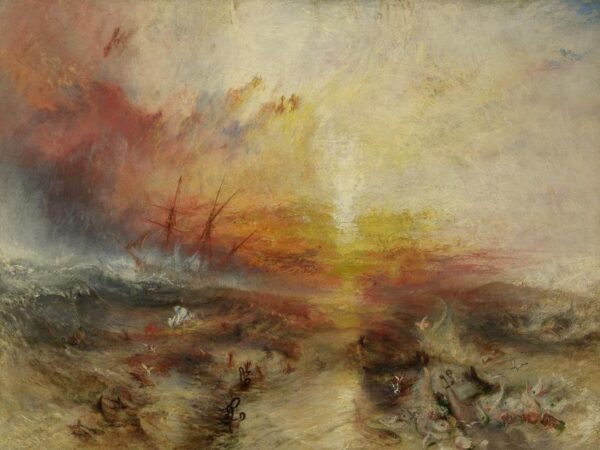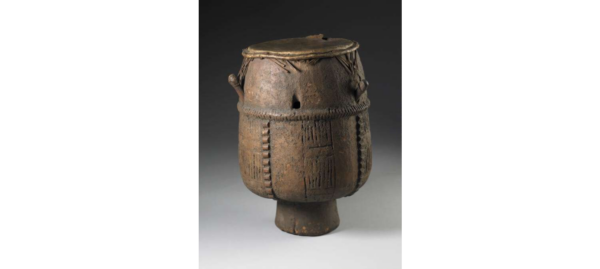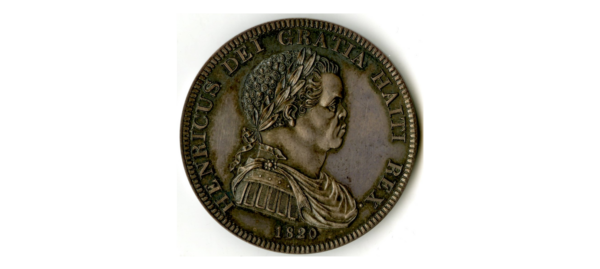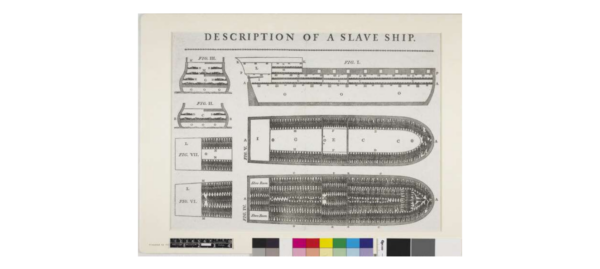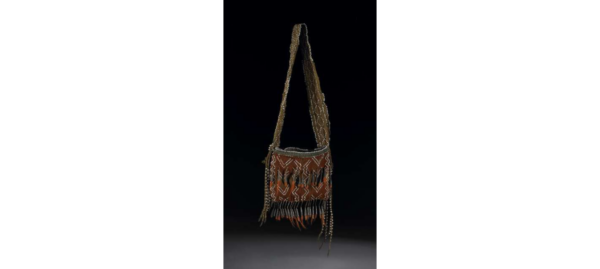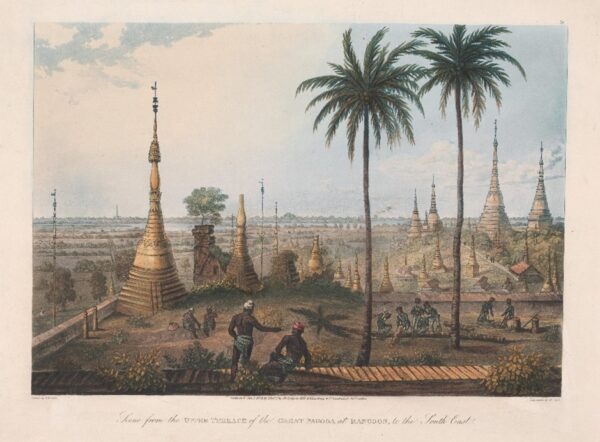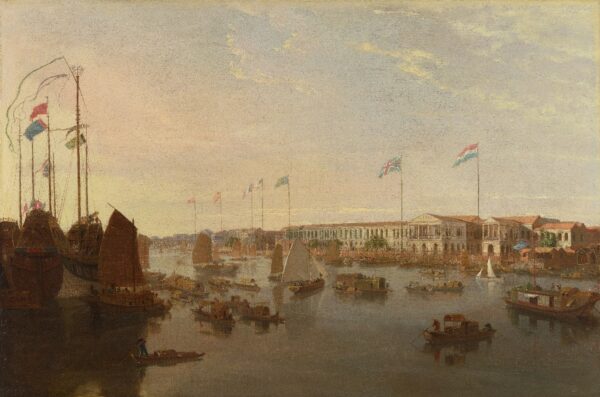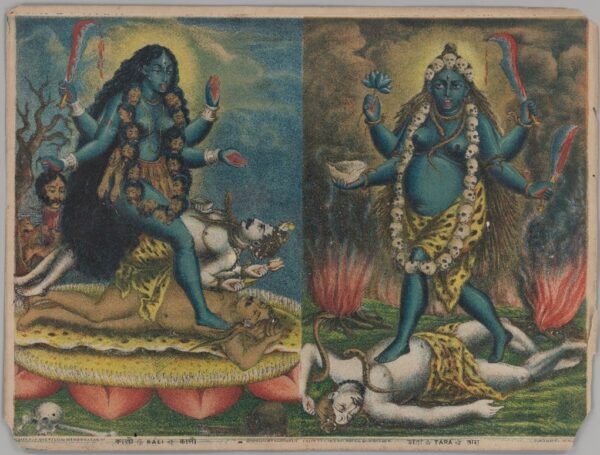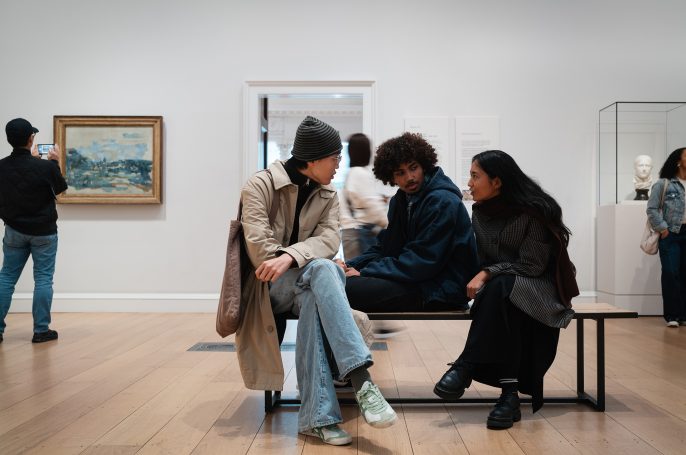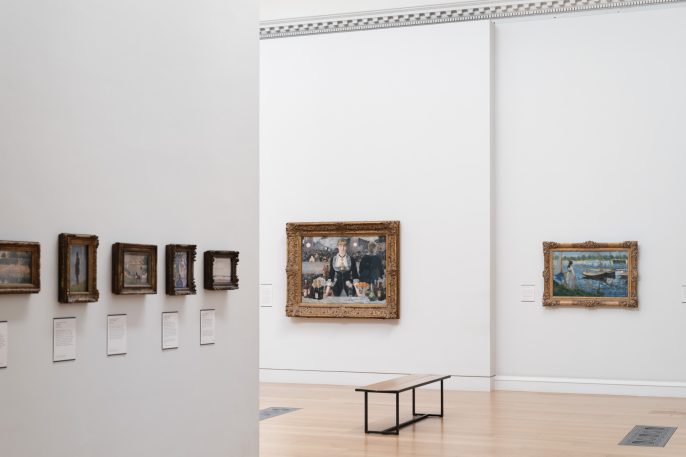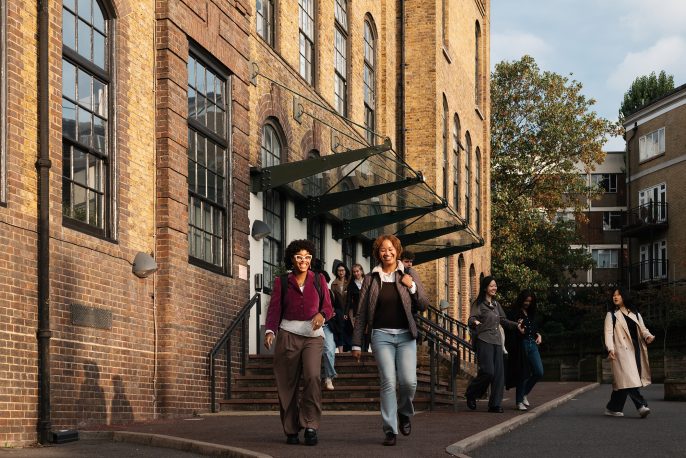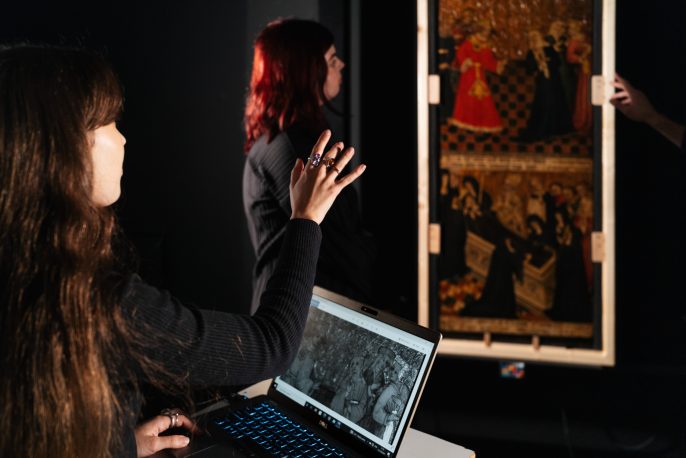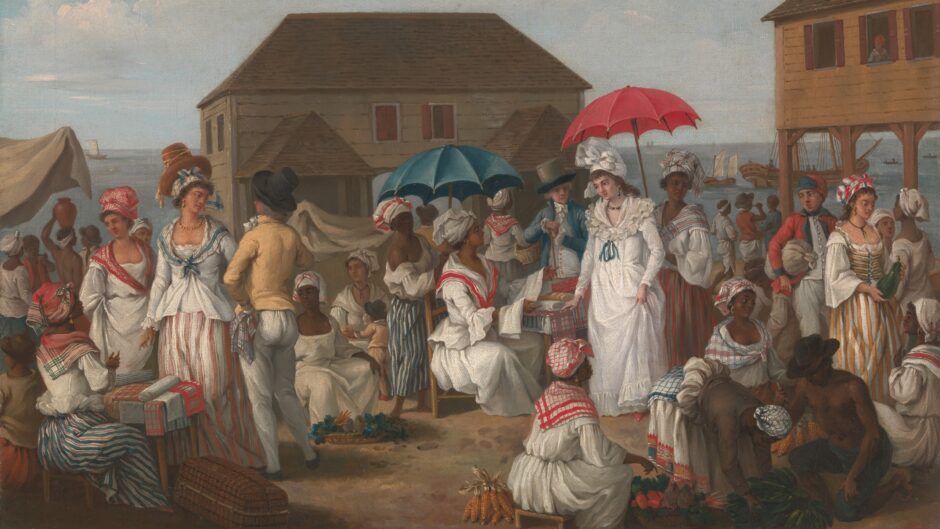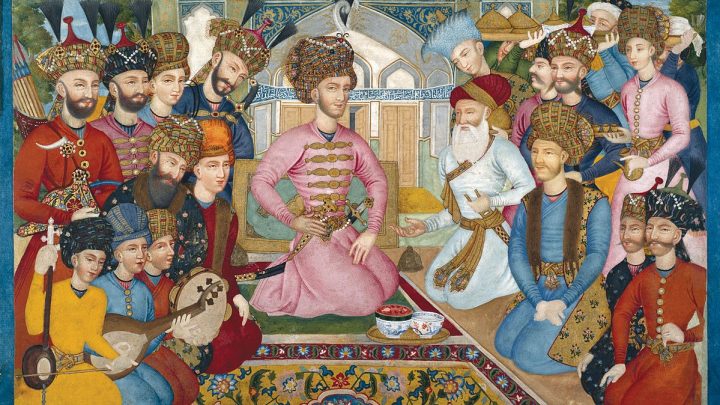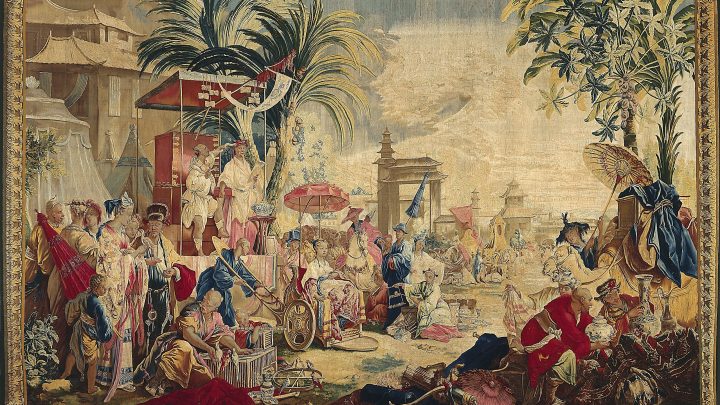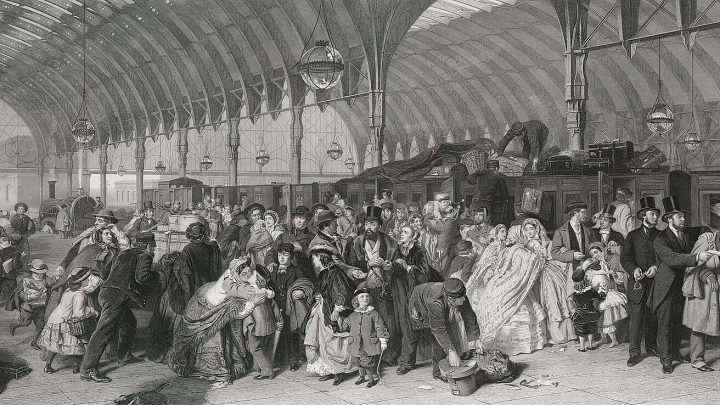Applicants to this Special Option are eligible to apply for a Manton M.A. Scholarship for Studies in British Art.
This MA Special Option will explore the art that was produced and circulated in two broad oceanic spaces – the Atlantic and the Indian Ocean – during a period in which both were significantly shaped by British imperialism.
Dr Esther Chadwick will lead classes that explore British art and visual culture in the context of the circum-Atlantic world, defined by the movements, confrontations and entanglements of African, European and American people and cultures in the era of transatlantic slavery. These classes will concentrate on three areas in particular: artworks and artists that crossed the Atlantic, particularly between North America, Britain, and the Caribbean; art made in mainland Britain that responded to Atlantic developments; and art produced in the Caribbean, including newly emergent African Diasporic art forms. Highlights include sessions on Anglo-American history painting by John Singleton Copley and Benjamin West; slave portraiture and the limits of the abolitionist image; and aesthetics in the Kingdom of Haiti. Guiding questions include: what role did visual images, material objects, and cultural practices play in constituting or resisting imperial power? How do notions of ‘British’ art change when viewed in circum-Atlantic perspective? And what is the significance of this history for debates about decolonising cultural institutions in the twenty-first century?
Dr Tom Young will focus on a diverse range of objects made in or moving across territories lying between the coasts of East Africa and Southeast Asia. Particular attention will be paid to the visual and material worlds of the East India Company, one of the principal players in the Indian Ocean World during this period. This will involve using art to chart the political transformation of the Company into a vast territorial empire in the subcontinent, through canvases made by professional painters such as George Chinnery and Valentine Prinsep, as well as the work of British amateurs such as Sir Charles D’Oyly and Emily Eden. Classes will also map the place of art in the transoceanic flows of people and commodities that resulted from the East India Company’s opium trade and its coercive system of indentured labour. From the African ports of the Cape Colony and Mauritius to the Chinese docks of Canton (present-day Guangzhou), we will examine how art both pictured and supported an extensive system of narco-capitalism and unfree labour.
Throughout, the ocean will be conceived as a method: one that shifts attention from national states and questions of imperial centres and peripheries, and instead offers alternative routes to understanding the place of art within the modern histories of empire and anticolonial resistance.
The course harnesses London resources and includes on-site teaching across the city, including Maritime Greenwich, the British Museum, V&A, the Royal Asiatic Society, and various private collections. Students will also be encouraged to take advantage of London’s important archival collections while completing coursework.
At the Courtauld, home to the Manton Centre for British Art, you will find yourself at the forefront of debates about British art and cultural histories of Britishness. As part of Art, Oceans and the British Empire, you will be encouraged to contribute actively to these debates, developing innovative approaches to the study and interpretation of British art.
Given the interdisciplinary nature of the course, students from a variety of academic backgrounds – including history, literature, and other humanities subjects – are encouraged to apply.
By the end of the MA, students will have acquired a substantial arsenal of transferable skills. The Special Option’s transimperial, oceanic approach to British art will benefit those thinking of pursuing a career in the academic, curatorial, or commercial art worlds – particularly as employers seek candidates capable of thinking across established national specialisms. Students will also graduate with substantial experience in researching, writing, and critical thinking, skills that are valued across a diverse range of professions.
Course leader: Dr Esther Chadwick, Dr Tom Young
In the event that a course leader is on sabbatical, takes up a fellowship, or otherwise is not able to teach the course, they will be replaced by another experienced course leader either for a semester or, in some cases, the academic year.
